













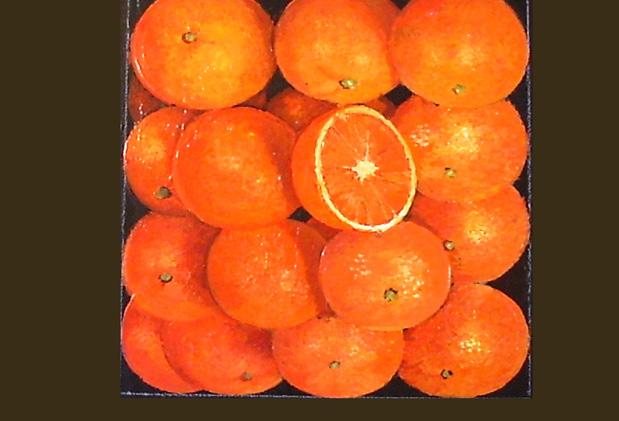



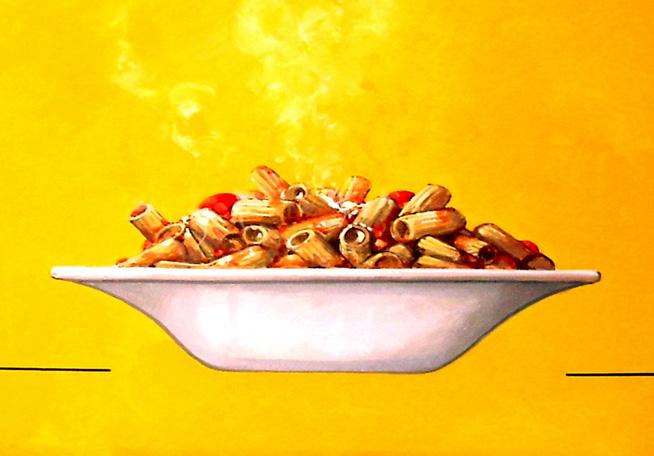


Donata Gollin, Barbara Luciana Cenere, Cristina Ruaro and Marco Simoni



















DONATA GOLLIN
Speech and language therapist specialising in cognitive-communicative activation for individuals with neurocognitive disorders. She is a lecturer at the Degree Course in Speech and Language Therapy at the University of Padua. Currently, she collaborates with the Regional Centre for the Study and Treatment of Brain Ageing (CRIC) – University Hospital of Padua, where she served from 2001 to 2023.
BARBARA LUCIANA CENERE
PhD candidate in Art History at the University of Padua. Since 2019, she has been collaborating with the Regional Centre for Brain Ageing (CRIC) – University Hospital of Padua, focusing on the development and testing of rehabilitation paradigms mediated by visual arts.
CRISTINA RUARO
Clinical psychologist and psychotherapist working at the Hospital Psychology Unit of the University Hospital of Padua. Since 2000, she has been the contact person for the Regional Centre for the Study and Treatment of Brain Ageing (CRIC) – University Hospital of Padua.
MARCO SIMONI
Speech and language therapist specialising in cognitive-communicative activation for individuals with neurocognitive disorders. PhD candidate in Linguistic, Philological, and Literary Sciences at the University of Padua. He works at the Regional Centre for the Study and Treatment of Brain Ageing (CRIC) – University Hospital of Padua.
35 Week 2 Main Courses
56 Useful Cooking Tips
59 Week 3 Second Courses
Weekly Meal Planner 81 Week 4 Fruit and desserts
«Workbooks from a Gym for the Mind» are a series of short volumes containing practical and enjoyable activities designed to train cognitive functions such as memory, attention, and language. The proposed activities are specifically designed for individuals experiencing mild cognitive decline but are also ideal for anyone who wishes to keep their mind active. Following the approach outlined in the series «A Gym for the Mind», the activities in these workbooks are engaging and stimulating, often incorporating visual arts as a means to activate not only the mind but also curiosity, interest, and motivation 1
Each workbook is structured around a theme that serves as a guiding thread for the activities and is designed to promote as much autonomous and independent use as possible. The texts are written in accessible language, and the instructions are clearly expressed. Each activity is accompanied by examples, and for many of them, solutions are provided, available in the online resources by entering the code found on the first page.
The workbook you are reading is dedicated to the theme of «Food» and aims to provide a rewarding and stimulating experience. Its structure, the fun and varied activities, and the opportunity to engage with both the artistic and practical aspects of cooking are designed to promote well-being, independence, and cognitive development. After a brief introduction to the theme, highlighting the importance of food for health and well-being, the text is divided into four sections, corresponding to four weeks. Each section focuses on different courses of a meal: starters, first courses, main courses and side dishes, fruit, and desserts.
Each week includes fixed activities: a word search puzzle related to food and a quiz with questions on the topics covered during the week. Other activities vary from week to week.
1 Gollin D., Ferrari A. e Peruzzi A. (2007), Una palestra per la mente. Volume 1, Trento, Erickson.
Gollin D., Ferrari A. e Peruzzi A. (2011), Una palestra per la mente. Volume 2, Trento, Erickson.
Gollin D., Ruaro C., Peruzzi A. e Perin M.E. (2019), Una palestra per la mente. Volume 3, Trento, Erickson.
Gollin D., Ruaro C., Gallo A., Cenere B.L., e Simoni M. (2022), Una palestra per la mente al museo, Trento, Erickson.
There are also activities that involve the use of artworks related to the theme of food, encouraging reflection and interpretation while promoting critical thinking and an appreciation of art. Between one week and the next, there is a short text containing interesting facts and practical tips on how to better organise activities in the kitchen. This helps to develop new knowledge about food and encourages greater participation in culinary activities.
We would like to share some suggestions with you to help you make the best use of this workbook.
1. Set up a dedicated space: find a quiet and comfortable place where you can focus. Make sure you have everything you might need: glasses, a pen, a pencil, an eraser…
2. Set a schedule: choose a time of day when you would like to dedicate yourself to the activities in the workbook.
3. Choose your own pace: if you prefer, you can follow the activities from Monday to Friday in the order they are presented, or you can freely choose the activity that inspires you the most each day. If you feel tired or distracted, don’t hesitate to take a break. You can return to the activity when you feel more focused and refreshed.
4. Take the time you need: decide how much time you want to dedicate to each activity. Take the time to understand the instructions properly. Keep in mind that some activities may take longer than others—this will help you avoid feeling pressured or stressed.
5. Engage your senses: when working on the daily activities, involve your senses. For example, imagine the aroma, taste, texture, colour, and shape of the dishes being described.
6. Experiment with creativity: keep a notebook where you can add your thoughts or personal notes. This will help you reflect on the activity and make the experience more engaging.
7. Explore your curiosity: when you come across the editorial and the short texts between weeks, take the time to read them carefully and delve deeper into the topics that interest you.
8. Pause to reflect on the artworks: when engaging in the art-related activity, take the time to consider what the artwork evokes in you, enriching your experience.
9. Celebrate your efforts: at the end of each week, take some time to reflect on what you have accomplished. Recognising the dedication you have put into the activities will keep you motivated to continue engaging even more.
10. Be kind to yourself: if you make mistakes or encounter difficulties, remember that what truly matters is your effort and enjoyment. Every effort is valuable in keeping your cognitive skills active.
11. Involve others if you wish: if you feel comfortable, share your experiences and activities with friends, family, or caregivers. Sharing can add a positive and stimulating social aspect to the experience
Always remember that this workbook is an opportunity for you to have fun and keep your cognitive skills active. So: experiment, explore, and enjoy the cognitive, culinary, and artistic journey of this volume, tailoring it to your own preferences and pace.
Editorial: Food
Opening the Zingarelli dictionary to the word «food» we find this definition: «that which serves human and animal nourishment, representing the set of foods necessary for growth and survival». However, food is much more than just sustenance. It plays a fundamental role in our social, emotional, and psychological lives.
Eating together, offering, and receiving food help us create and strengthen social bonds. From family meals to romantic dinners, to business meetings, food facilitates relationships between people. Through food, we express emotions, celebrate important moments, and share our culture. Eating engages all our senses. We perceive food through four primary tastes: sweet, salty, sour, and bitter. Our sense of smell is crucial—before taking a bite of a sandwich, for example, we are enveloped by its aroma. In fact, we smell food before tasting it, and as we chew, molecules are released, stimulating both taste and smell, creating what we call «flavour».
Taste and smell activate ancient parts of the brain, which explains why food is so closely linked to memory and emotions. An aroma—such as the scent of a freshly baked cake—can bring childhood memories to mind or evoke emotions, making eating an emotional experience as well as a nutritional one.
Vision also plays a key role in our perception of food. It is often said that «we eat with our eyes first»: the presentation of a dish can influence how we perceive its taste. Hearing contributes as well: the crunch of an apple under our teeth helps us assess its texture and freshness. Touch allows us to distinguish between different textures and to perceive variations in temperature.
Over the centuries, food has been a means of cultural exchange and social transformation. Roman soldiers brought home spices that changed European cuisine, which itself is a fusion of Greek, Roman, Arab, Italian, and French traditions. Today, this evolution continues in what we now call global cuisine.
Food has also held symbolic and economic significance. The Gauls used pigs as a unit of trade and pepper as currency.
Nutrition affects brain chemistry and mental well-being. A balanced diet helps maintain mental health and can prevent disorders such as depression and anxiety. Studies suggest that diets rich in omega-3s, antioxidants, and B vitamins improve mood and cognitive function.
In summary, food is much more than mere sustenance. While our bodies gain energy and nourishment, our minds and hearts find in food a means of expression, connection, and identity. Every meal becomes an opportunity to nourish not only the body but also the soul.


DATE: today is the
In the grid below, cross out all the words listed underneath with a line. The words can be written horizontally, vertically, or diagonally. By putting together the remaining letters, a hidden phrase will appear: the name of a starter.
Hidden phrase:
Answer the following questions.
1. Write three words to describe a starter.
2. What is the name of the starter made of toasted bread slices topped with fresh tomato, garlic, and olive oil?
Q BRUSCHETTA
Q PAGNOTTA
Q PAGLIETTA
Q TIRAMISÙ
3. Which of these is an ingredient of Caprese salad?
Q GORGONZOLA
Q MOZZARELLA
Q MORTADELLA
Q MANGO
4. Write the name of three foods suitable for a starter.
5. Write the name of the food that is green or black in colour and can be used as a starter or as an ingredient in salads.


Observe the artwork and answer the questions.

1. What does the depicted artwork make you think of?
2. Write the names of five types of pasta.
3. Write the names of three ways to season pasta.
Rearrange the sentence by writing one word in each of the boxes below. Be careful: some sentences may contain extra words.
1. le – A – bolognese – piacciono – Maria – lasagne – alla – Io


Follow the clues to guess the object.
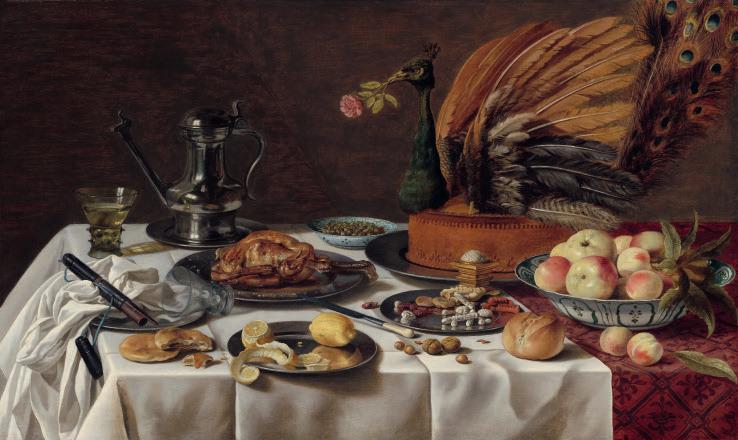
Clues:
• the object is located at the bottom right
• the object is a type of food
• the object is baked
• the object is used to accompany dishes
• the object is fragrant and crispy
• the object can be filled
The object is:
Form as many words as possible using the letters from the following word.
Week 4


While explaining the artwork, the author was a bit distracted. Read the text and underline the 10 mistakes made by the author.

The artwork titled Still life: Fruit was created by the artist Severin Roesen in 1855 and is located at the Metropolitan Museum of Art (MET) in New York. The artist is of German origin and brings with him all his knowledge when he moves to the United States. His work is strongly influenced by 17th- and 18th-century Dutch painting. His still lifes decorated the dining rooms of collectors. The artwork presents a collection of vegetables. There are pizza and pasta, rich in vitamin C, grapes, seafood, strawberries, apples, fish, apricots, plums, and pineapples. Some of these are placed inside three pots. But that’s not all! There is also a glass of red wine and a bottle of wine. Additionally, there is a fruit typical of the summer season: the caco.


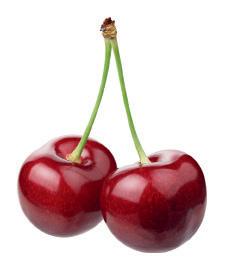
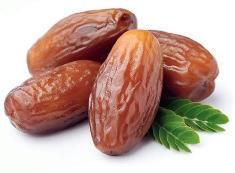
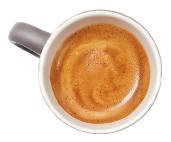

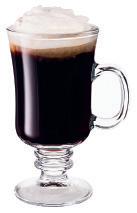

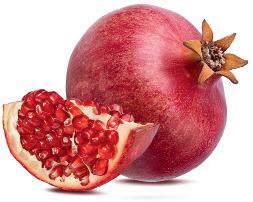


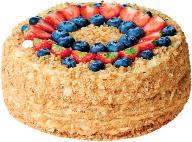
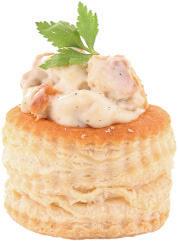
Carefully observe which letter is associated with each figure. The letter corresponds to the initial of the depicted food item. Complete the grid below by matching each image with its corresponding letter, and you will be able to read a phrase about food by James Joyce.








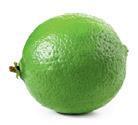

























www.erickson.it